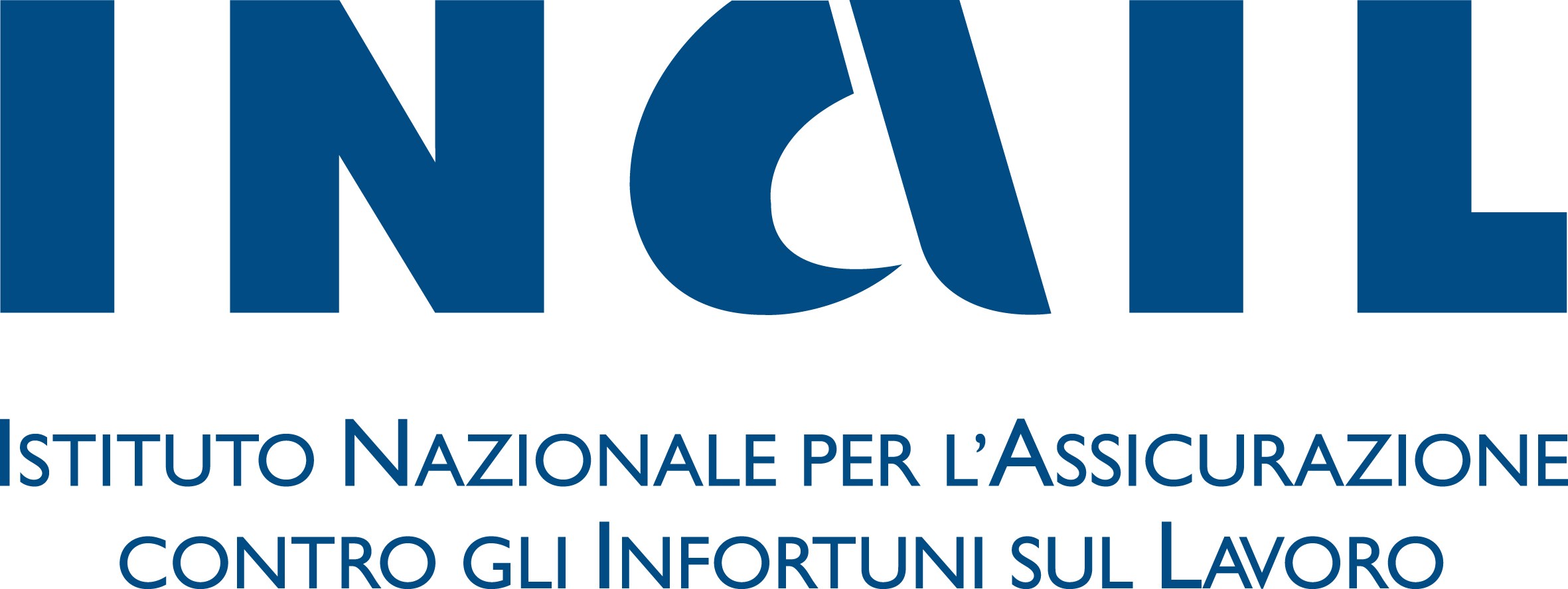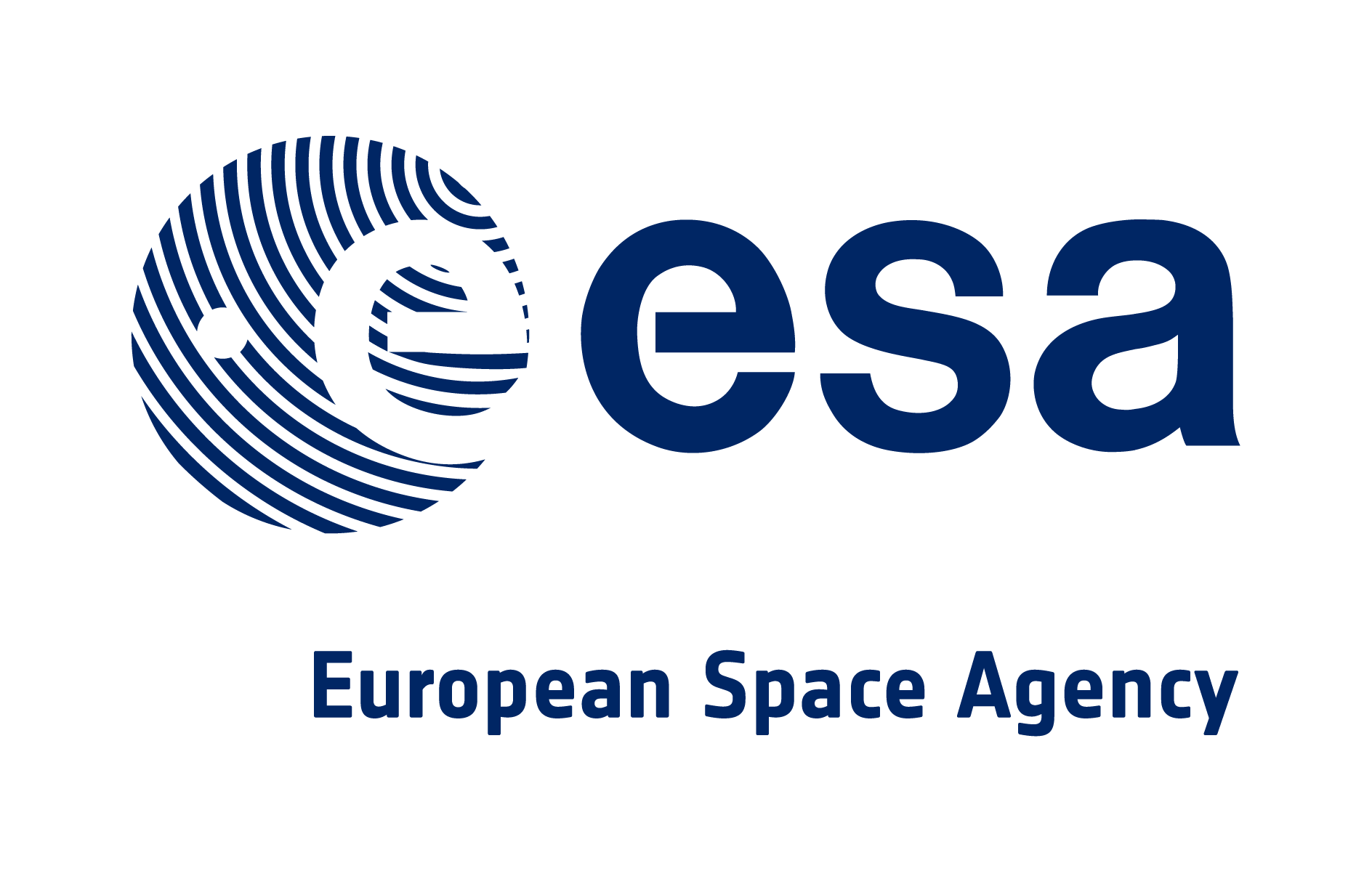The Dynamic Legged Systems lab is currently engaged in several projects financed by national and European entities as well as international companies. Below is an overview of all current projects and successfully accomplished projects with link to the project details when available.

The DLS is engaged in three projects within the ROBOTICS AND AI FOR SOCIO-ECONOMIC EMPOWERMENT (RAISE) ecosystem, funded by NextGenerationEU. These projects aim to address the specific needs of Genova and Liguria through the application of robotics and AI technologies.
- VERO (Vacuum-cleaner-Equipped Quadruped Robot): This project focuses on developing a quadruped robot designed to remove cigarette butts from small alleys and parks. The robot is equipped with four hoses attached to its legs for efficient cleaning. Further details can be found here https://spectrum.ieee.org/robot-dog-vacuum.
- Litter Collection: This project integrates loco-manipulation capabilities and neural networks to collect litter. The use of legs allows the robot to access areas that are otherwise inaccessible to wheeled robots, enhancing its operational versatility.
- Autonomous Monitoring of Port Harbor Infrastructures: In collaboration with the IIT-Industrial Robotics Facility (https://inbot.iit.it/), this project aims to develop an autonomous system for monitoring port harbor infrastructures. The system utilizes both wheeled and legged robots to ensure comprehensive coverage and inspection.

The TELEOPERAZIONE project, in collaboration with INAIL (“Istituto Nazionale per l'Assicurazione contro gli Infortuni sul Lavoro” - National Institute for Insurance against Workplace Injuries, Italy) CUP J32F17000950005, is aimed at the development of a novel, collaborative teleoperation hardware and software system dedicated to operating in certain hazard-prone industries, reducing the risks to the workers’ safety and well-being. It will utilize, develop, and integrate advanced technologies in tele-locomotion, tele-manipulation, and human-machine interaction. The project seeks to build on the existing technological expertise and capabilities at the Department of Advanced Robotics (ADVR) of the Istituto Italiano di Tecnologia (IIT) acquired through the successful, and continuing, implementation of high-technology projects in this field. The technical know-how from these earlier projects, including HyQReal, WearHap, μRALP, and Walk-Man, shall contribute to the progress of the project towards an innovative and unique teleoperation system.

Although mechanization has lowered management costs and precision viticulture is shyly bursting, selective practices still require time-consuming manual operations. VINUM project tackles the emerging challenge of the dramatic shortage in skilled labor and lower grape price using robotic solutions. It started as a Joint lab (2018-2022) with Università Cattolica del Sacro Cuore in Piacenza. The main goal of this project is to develop and test a modular innovative solution for grapevine winter pruning automation. Research on algorithms of vision, machine learning, trajectory planning and manipulation control will be carried out to achieve grapevine recognition and correct execution of the cut. Robot manipulation performance as pruning efficiency, as well as vine growth features the following season will be assessed during the project.

The DLS lab is partnering up with DFKI (prime) and Airbus to work on the ANT project financed by the European Space Agency (ESA). The Autonomous Non-wheeled all-Terrain (ANT) rover is a rover system tasked to explore difficult-to-access areas of the Moon and Mars such as high inclinations lopes, cliffs, craters, caves and lava tubes.

Disaster response and other tasks in dangerous and dirty environments can put human operators at risk. Today’s remote-controlled vehicles with wheels and tracks have limited use in such missions due to their reduced mobility on rough terrain. In the wake of recent disasters (e.g. Fukushima power plants) we have witnessed how tracked robots can struggle and eventually get stuck in unstructured environments, such as stairs with rubble. A new generation of all-terrain vehicles, with legs instead of wheels and tracks, is finally reaching performance levels that show superior mobility on rough terrain.
